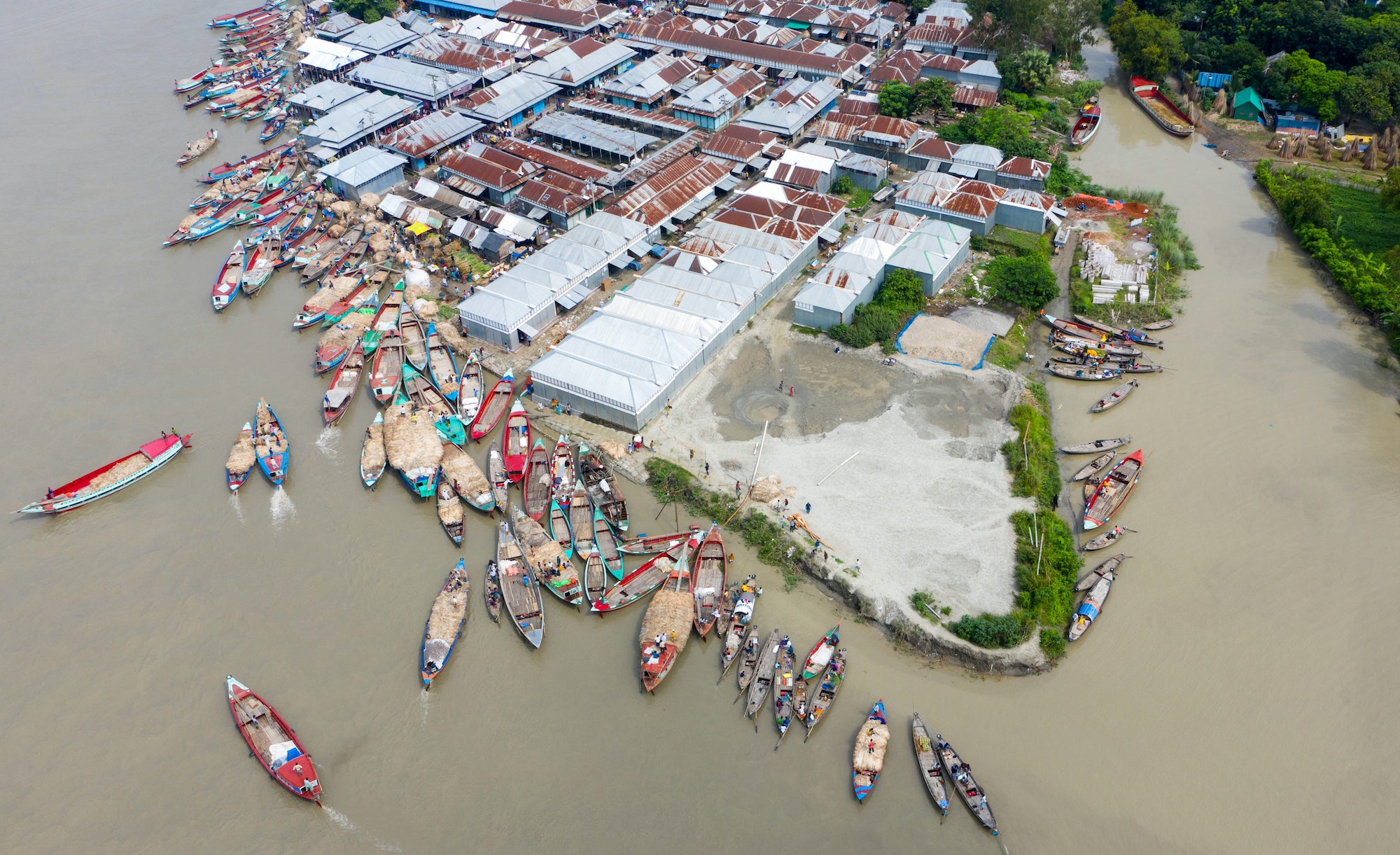If there is one key takeaway from the latest UN Intergovernmental Panel on Climate Change (IPCC) report on the impacts of climate change it is: large scale investment in adaptation is urgent and lives and livelihoods are at stake.
The report exposes that as many as 3.6 billion people now live in landscapes that are “highly vulnerable to climate change” and that the worst impacts are, “strongly concentrated among the poorest vulnerable populations”.
These predicted impacts of climate change are worse than expected – and fast outpacing our efforts to adapt. The UN Secretary General Antonio Guterres went as far as saying that, “adaptation saves lives” and “delay is death”.
Commenting on the latest IPCC report, Urs Dieterich, Managing Director of the Landscape Resilience Fund, said: “What is happening to our climate right now is scary and shocking – but sadly, not surprising. Scientists have been warning of these impacts for years. A stable climate and healthy natural ecosystems are the fundamental building blocks of our economies, societies and global stability.”
But what is notably new in today’s report is a focus on solutions to avoid the worst impacts of extreme climate change and limit the damage of extreme weather events, especially in developing nations. It is clearer than ever before that healthy natural ecosystems are essential to a sustainable and livable future.
The IPCC reports that, “Effective Ecosystem-based Adaptation reduces a range of climate change risks.” Urban greening using trees and other vegetation; natural river systems, wetlands and upstream forest ecosystems reduce flood risk by storing water and slowing water flow; coastal wetlands protect against coastal erosion and flooding associated with storms and sea level rise, are some of the solutions mentioned.
Set up in 2019, the Landscape Resilience Fund (LRF) is one of a few unique ventures seeking to ramp up investment in adaptation in the next five years. The LRF was co-developed by WWF and South Pole, with Chanel coming on board as an anchor investor, to fund adaptation in at-risk landscapes.
“The good news is we are on the precipice of an explosion of innovative solutions geared to helping us all survive, even thrive, in a changing climate,” Dieterich continues. “This is where businesses have a pivotal role to play. The LRF is one of a handful of funds seeking to channel private investment into landscapes and communities that will be hardest hit by extreme climate change,”
The goal of the LRF is simple: fund companies and projects that have the greatest potential to protect people and nature in landscapes facing disastrous climate change impacts. From struggling cocoa growers to forest-dependent rattan producers, the LRF seeks to use an innovative blended finance approach to ensure climate smart ideas flourish into scalable businesses that protect people and nature.
But the challenge is immense, and ever growing. Amongst many other climate impacts, the IPCC notes that at 2°C or higher, food insecurity will be more severe, leading to malnutrition in sub-Saharan Africa, south Asia, central and south America and small island nations. We know that smallholder farmers, who produce the majority of food in developing nations, are at particular risk. It is crystal clear that extreme climate change could put entire economies in peril and risk the breakdown of food supplies.
Solutions to bolster future food security are highlighted in the latest report. The IPCC report states, “Agroecological principles and practices…. and approaches that work with natural processes support food security, nutrition, health and well-being, livelihoods and biodiversity, sustainability and ecosystem services.”
“This is where the LRF can have real, lasting and life saving impact. Given the amount of business rhetoric around tackling climate change, we hope today’s message from the IPCC hits home. To truly grasp the nettle, we need to redirect financial flows towards businesses, activities and projects that drive forward resilience to climate change, especially in developing nations,” says Dieterich
The gap between what we need to spend on adaptation globally, and what is currently being spent, is growing. Despite being a key concern among most businesses and investors, South Pole’s recent net-zero survey shows that climate adaptation is still not an investment priority. The survey found that well over half of polled companies (58%), indicated that climate adaptation was, in parallel with meeting net zero targets, a key priority to fend off the hazards of a warming world. Yet only 7% said they had increased spending on adaptation-related initiatives.
As the IPCC warns, if we don’t act now, the impacts of climate change will increase alarmingly. It’s time for businesses to step up and begin investing in adaptation. Contact the Landscape Resilience Fund today to find out more.
